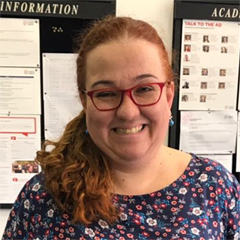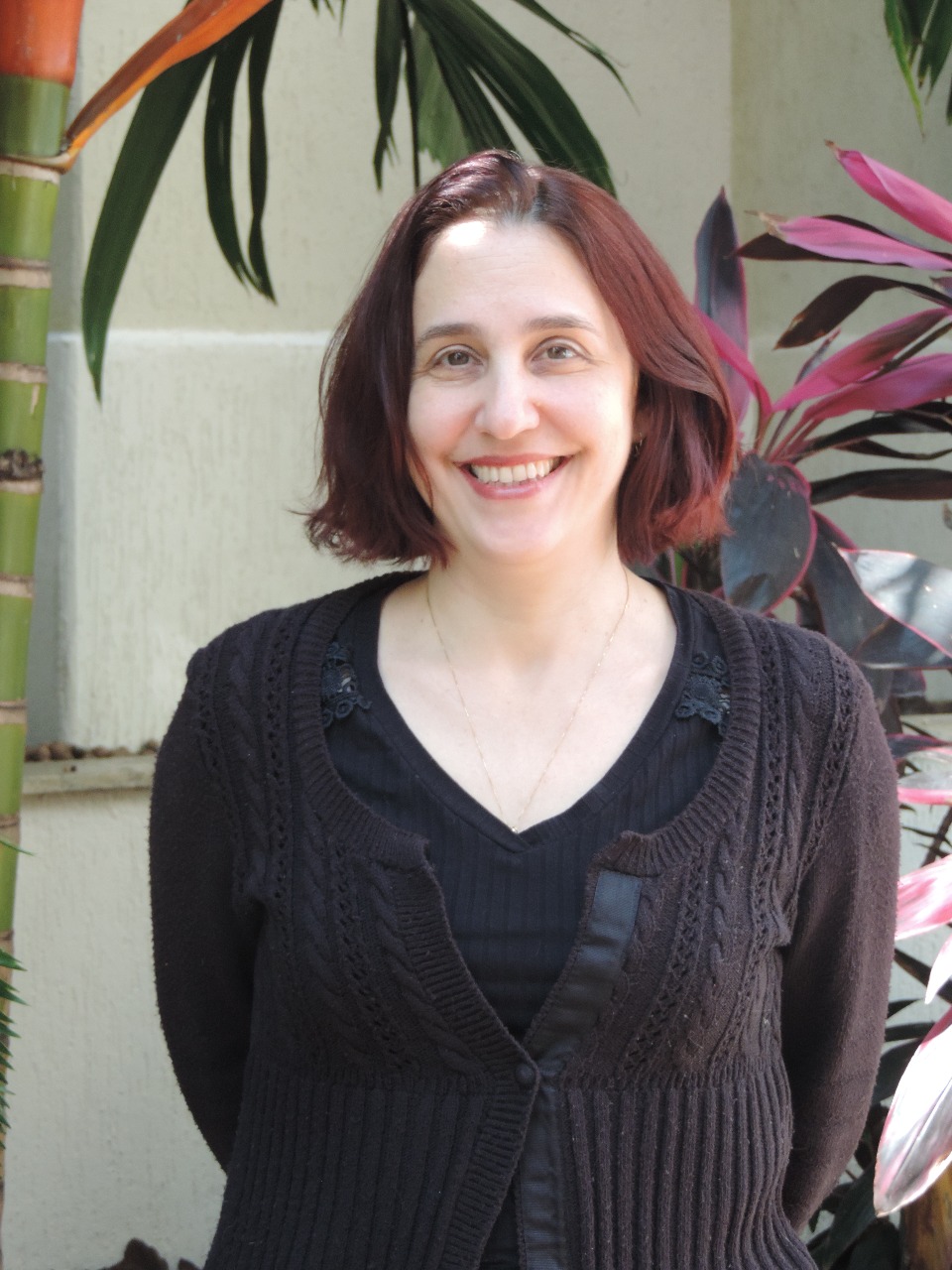Teaching with Translation: A Journey from L2 to L1 in the Classroom
 Translation a skill that constitutes a real world demand, and yet, it is rather underrated in Brazil while it is broadly used in countries like Japan and China, for example. Despite its disadvantages — such as giving students the false impression that there is always a one-to-one correspondence between L1 and L2, for example, it offers learners the chance to practice it as a skill that is necessary in a large number of situations such as translating a text to a non-English speaker or working as an interpreter for conferences.
Translation a skill that constitutes a real world demand, and yet, it is rather underrated in Brazil while it is broadly used in countries like Japan and China, for example. Despite its disadvantages — such as giving students the false impression that there is always a one-to-one correspondence between L1 and L2, for example, it offers learners the chance to practice it as a skill that is necessary in a large number of situations such as translating a text to a non-English speaker or working as an interpreter for conferences.
However, translation is not to be confused with the grammar-translation method, whose goal was to learn a language in order to read its literature (Richards and Rodgers, 2008). Nowadays, approaches to translation should have a communicative purpose and resemble real life activities rather than focus solely on reading and writing texts out of context. Unfortunately, translation is still a taboo for many teachers due to their lack of knowledge of how it can be exploited in communicative classes. I have discussed the use of L1 with teachers who teach multilingual classes and I have come to realize that L1 can be a powerful tool to help students to figure out how language works. That being said, translation can be exploited for two main purposes:
(1) to encourage learners to “think carefully about meaning,” and to “build critical language awareness” as well as to notice the gap between what they know in L1 and to try to express it in L2 ;
(2) to empower learners to use their translation skills to use in the real world. For example, they can translate an online text for a non-English speaking friend or a menu for a non-Portuguese speaking tourist in Rio.
This two-fold view of translation in the classroom can only but add even more elements to the learner’s language toolkit. We must take into account the social role of language learning: “Those who know two languages frequently need to deploy the knowledge in mediating between those who know only one of them” (Cook, 2007). Translation is also a skill in its own right as it requires specialized knowledge of how languages work and its use for different purposes. It also requires accurate knowledge of genres, styles, appropriacy, and register, as well as cultural and social conventions that guide both written and spoken communication. In the classroom, however, translation can be viewed as a post-method, since “a single method or approach is not enough” to teach a language (Figueira, 2017)
We can exploit translation in the classroom in many forms:
(1) Intralingual translation, that is: paraphrasing, rewording, and retelling. Students can retell a story in L2 after listening to it, for example. Intralingual translation also involves explaining the meaning of a word in L2. This is by far the most acceptable form of translation in the classroom;
(2) Interlingual translation, that is, ordinary translation. Gap-fill activities can be a fun way to encourage students to use translation to convey their ideas. I pair up my students and give each of them a short paragraph in Portuguese, which they must translate into English to each other orally;
(3) Intersemiotic translation, which is the transposition of one sign system to another. Students can describe a picture using their own words. Another way of doing it is to ask students to listen to a description of a picture and draw it.
There is one last point worth mentioning. Translation is also useful in developing writing skills. In indirect writing activities, students who first write in L1 and translate it into L2 demonstrate “improvement in quality of content, text organization, and style” (Kobayashi and Rinnert, 1992). Indirect writing also pushes learners into higher levels of syntactic structures and vocabulary as they attempt to use the same structures they use in their L1, in which they are proficient. According to Kobayashi and Rinnert, studies have demonstrated that learners transfer their linguistic knowledge from one language to another, thus building multi-linguistic competence.
So why not give translation a chance? Think of different activities involving translation and challenge your students to go way beyond those free online translators. I am sure they will do a much better job.
Further Reading:
Cook, G. (2007) A Thing of the Future: Translation in Language Learning (pages 396-401) in International Journal of Applied Linguistics. Volume 17, Issue 3, November 2007.
Correia, E. F. de S. Teaching with Translation. PUC-Rio, 19/4 and 26/4/2016. Issues in Language Learning and Teaching Module (Specialization Course in English Language).
Correia, E. F. de S. (2014). A Língua Materna e a Tradução no Ensino Aprendizagem da Língua Não Materna (Doctoral Thesis). Retrieved from https://www.maxwell.vrac.puc-rio.br/24443/24443.PDF.
Kobayashi, H. and Rinnert, C. Effects of First Language on Second Language Writing: Translation versus Direct Composition (pages 183–209) in Language Learning – A Journal of Research in Language Studies. Volume 42, Issue 2. 1992.
Richards, J. C and Rodgers, T. S. (2008) Approaches and Methods in Language Teaching. Second Edition. Cambridge University Press.






